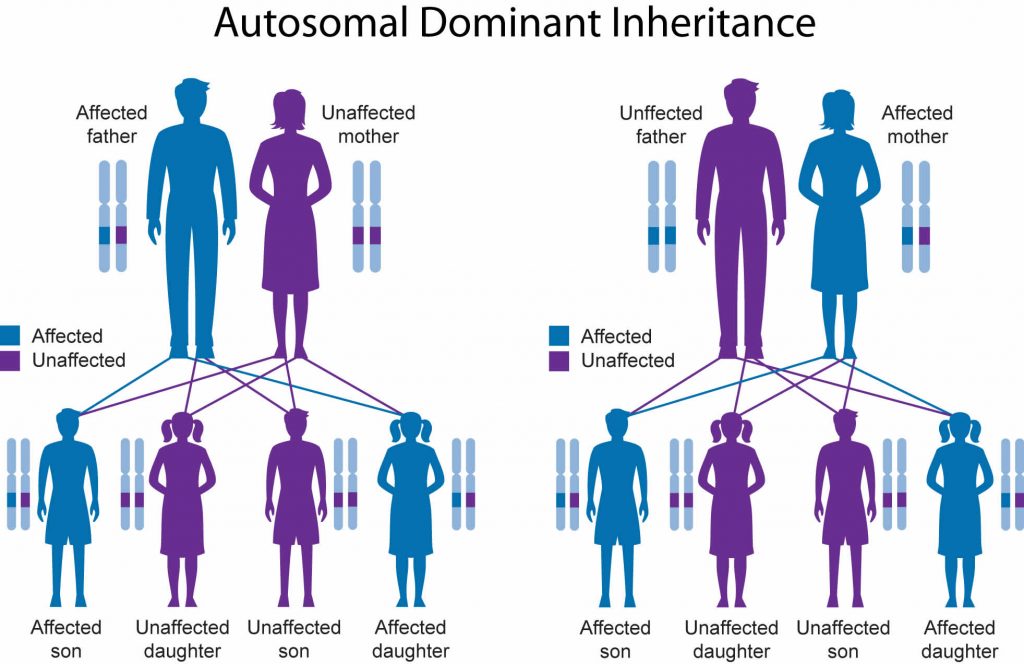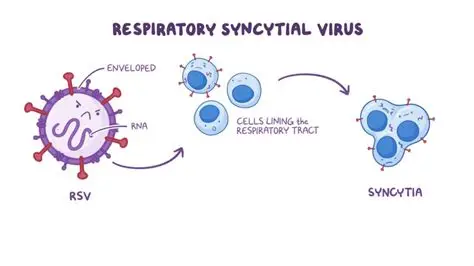
Apert Syndrome: What is Apert Syndrome?
အောက်ဆုံးထိ ဆွဲကြည့်ပေးကြပါ ခင်ဗျာ
Apert syndrome is a rare, genetic condition in which the joints in a newborn baby’s skull close too early. This is called craniosynostosis.
Typically, the fibrous joints in a newborn’s skull stay open after birth to let the baby’s brain grow. When these joints close too early and the brain keeps growing, it pushes the baby’s head and face into a distorted shape. Pressure can also build inside the baby’s skull.
Most babies with Apert syndrome have connected fingers and toes (syndactyly). The fingers and toes can be webbed or fused at the bone.
Apert syndrome is rare. It affects only 1 out of every 65,000 to 88,000 babies.
Symptoms of Apert syndrome
Babies with Apert syndrome have an atypically shaped head and face. Their head may be:
- pointed at the top
- longer than usual
- narrow from front to back
- wide from side to side
- flattened in the back
- pushed out at the forehead
Other symptoms can include:
- bulging, wide-set eyes
- crossed eyes
- beaked nose
- sunken-in face
- flat nose
- small upper jaw
- underbite
- crowded, uneven teeth
- webbed or fused index, middle, and ring fingers or toes
- extra fingers or toes
- short, wide fingers or toes
- stiff joints in the fingers
- heavy sweating (hyperhidrosis)
- severe acne
- missing patches of hair in the eyebrows
- opening in the roof of the mouth (cleft palate)
- noisy breathing

Causes of Apert syndrome
Apert syndrome is caused by a mutation in the fibroblast growth factor receptor 2 (FGFR2) gene. This gene provides the instructions to make a protein that signals bone cells to form while the baby is in the womb.
A mutation in the FGFR2 gene leads to an increase in the signals that promote bone formation. This causes bones to form and fuse too early in the baby’s skull.
About 95 percent of the time, the mutation happens randomly while the baby is developing in the womb. Less often, babies can inherit the genetic change from a parent. A parent who has Apert syndrome has a 50 percent chance of passing the condition on to a biological child.
Treatment options
Doctors can sometimes diagnose Apert syndrome while a baby is still in the womb by one of these methods:
- Fetoscopy. The doctor places a flexible scope into the mother’s uterus through her belly. This scope can be used to look at the baby and to remove blood and tissue samples.
- Ultrasound. This test uses sound waves to take a picture of the baby in the womb.
The doctor can confirm that the baby has Apert syndrome after birth using gene tests or these imaging tests:
- Computerized tomography (CT). This test takes a series of X-rays from different angles to create detailed images of the baby’s body.
- Magnetic resonance imaging (MRI). This test uses powerful magnets and radio waves to make pictures from inside the baby’s body.
Babies with Apert syndrome may need to see many different specialists. Their medical team can include:
- a pediatrician
- a surgeon
- an orthopedist (a doctor who treats bone, muscle, and joint problems)
- an ENT (a doctor who treats problems with the ears, nose, and throat)
- a cardiologist (a doctor who treats problems with the heart)
- a hearing specialist
Some babies may need surgery in the first few months of life. This may include surgery to:
- relieve pressure or drain fluid buildup (hydrocephalus) inside the skull
- open up the bones of the skull and give the baby’s brain room to grow
- reshape the baby’s face to create a more rounded, even appearance
- move the jaw and face bones to improve appearance and help with breathing
- release webbed fingers and sometimes toes
- remove teeth if they are too crowded
Children with developmental delays may need extra help to keep up in school. They may also need help with daily activities.
Complications
Apert syndrome can cause complications such as:
- vision problems
- hearing loss
- difficulty breathing
- slower learning
- short stature





Fighting💪💪💪💪💪💪
It’s appropriate time to make a few plans for the long run and it’s time to be happy. I’ve read this put up and if I may just I desire to suggest you few attention-grabbing issues or tips. Maybe you could write subsequent articles regarding this article. I desire to learn even more issues approximately it!
I was more than happy to seek out this web-site.I needed to thanks on your time for this wonderful learn!! I definitely enjoying each little bit of it and I’ve you bookmarked to check out new stuff you weblog post.
Thanks much 👍
Thanks ♥️
Thanks
Done ✅
interesting
I appreciate your insights 💛
Your article gives us a lot of health knowledge.
Thanks for your sharing .
Good morning all guys ❣️
どうもありがとう。
Thanks 🌻
It is very pitiful if the children are infected with the disease .
Really respect for the admins team who are interesting article writing. This song is nice lyrics.
I enjoyed reading your piece and it provided me with a lot of value.
Thanks…
Thank you for your blogs 🥰🤍💞
Thanks for sharing ❤️
Thanks for sharing !!!!
Your articles enrich us.
Thanks for your sharing knowledge.Great song.🎶🍀☄️
I have special respect for the admin team who are always writing articles, and for the great song that I like so
Although it’s rare, the babies of Apert syndrome are very poor 😢
Good article
Good song
Let me express my gratitude for your sharing knowledge and perfect song 🎵
Much appreciated for letting me know about Apert Syndrome and sharing good song 💕
That’s good to know. Thanks for great article 😊
Special thanks to the author.Your articles are really good.I am more interested in writing in a short and easy-to-read .Thank you again for matching the song and the article.💜🕊️🕊️✨